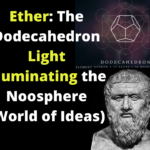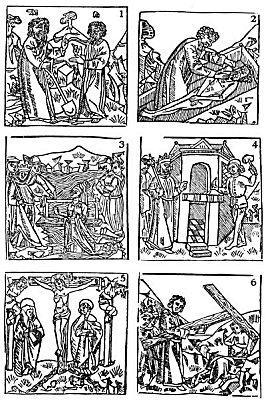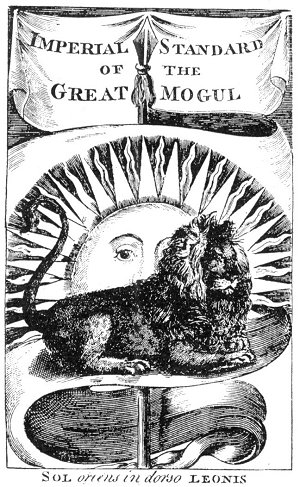Cabanis speaks of certain nervous disorders in which the patients easily distinguished with the naked eye infusoria and other microscopical beings which others could only perceive through powerful lenses. “I have met subjects,” he says, “who saw in Cimmerian darkness as well as in a lighted room; . . .” others “who followed persons, tracing them out like dogs, and recognizing by the smell objects belonging to such persons or even such as had been only touched by them, with a sagacity which was hitherto observed only in animals.”
Exactly; because reason, which, as Cabanis says, develops only at the expense and loss of natural instinct, is a Chinese wall slowly rising on the soil of sophistry, and which finally shuts out man’s spiritual perceptions of which the instinct is one of the most important examples. Arrived at certain stages of physical prostration, when mind and the reasoning faculties seem paralyzed through weakness and bodily exhaustion, instinct — the spiritual unity of the five senses — sees, hears, feels, tastes, and smells, unimpaired by either time or space. What do we know of the exact limits of mental action? How can a physician take upon himself to distinguish the imaginary from the real senses in a man who may be living a spiritual life, in a body so exhausted of its usual vitality that it actually is unable to prevent the soul from oozing out from its prison?
The divine light through which, unimpeded by matter, the soul per-
Page146
ceives things past, present, and to come, as though their rays were focused in a mirror; the death-dealing bolt projected in an instant of fierce anger or at the climax of long-festering hate; the blessing wafted from a grateful or benevolent heart; and the curse hurled at an object — offender or victim — all have to pass through that universal agent, which under one impulse is the breath of God, and under another — the venom of the devil. It was discovered (?) by Baron Reichenbach and called OD, whether intentionally or otherwise we cannot say, but it is singular that a name should have been chosen which is mentioned in the most ancient books of the Kabala.
Our readers will certainly inquire what then is this invisible all? How is it that our scientific methods, however perfected, have never discovered any of the magical properties contained in it? To this we can answer, that it is no reason because modern scientists are ignorant of them that it should not possess all the properties with which the ancient philosophers endowed it. Science rejects many a thing to-day which she may find herself forced to accept to-morrow. A little less than a century ago the Academy denied Franklin’s electricity, and, at the present day, we can hardly find a house without a conductor on its roof. Shooting at the barn-door, the Academy missed the barn itself. Modern scientists, by their wilful skepticism and learned ignorance, do this very frequently.
Emepht, the supreme, first principle, produced an egg; by brooding over which, and permeating the substance of it with its own vivifying essence, the germ contained within was developed; and Phtha, the active creative principle proceeded from it, and began his work. From the boundless expanse of cosmic matter, which had formed itself under his breath, or will, this cosmic matter — astral light, aether, fire-mist, principle of life — it matters not how we may call it, this creative principle, or, as our modern philosophy terms it, law of evolution, by setting in motion the potencies latent in it, formed suns and stars, and satellites; controlled their emplacement by the immutable law of harmony, and peopled them “with every form and quality of life.” In the ancient Eastern mythologies, the cosmogonic myth states that there was but water (the father) and the prolific slime (the mother, Ilus or Hyle), from which crept forth the mundane snake-matter. It was the god Phanes, the revealed one, the Word, or logos. How willingly this myth was accepted, even by the Christians who compiled the New Testament, may be easily inferred from the following fact: Phanes, the revealed god, is represented in this snake-symbol as a protogonos, a being furnished with the heads of a man, a hawk or an eagle, a bull — taurus, and a lion, with wings on both sides. The heads relate to the zodiac, and typify the four seasons of the year, for the mundane serpent is the mundane year, while the ser

Moe is the founder of GnosticWarrior.com. He is a father, husband, author, martial arts black belt, and an expert in Gnosticism, the occult, and esotericism.






